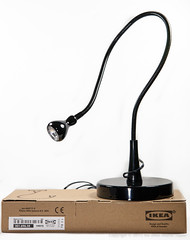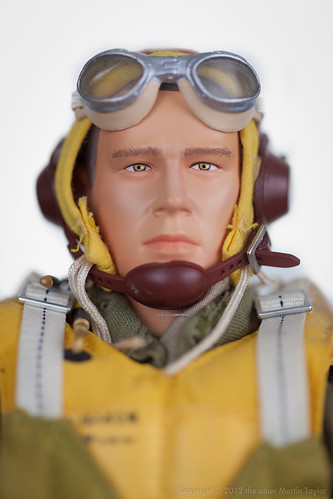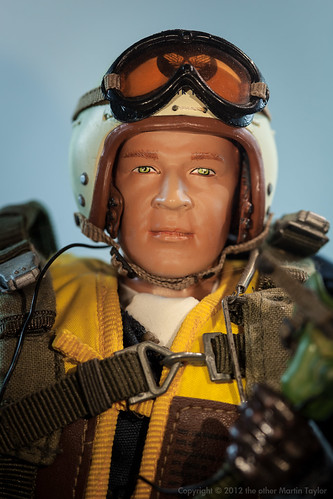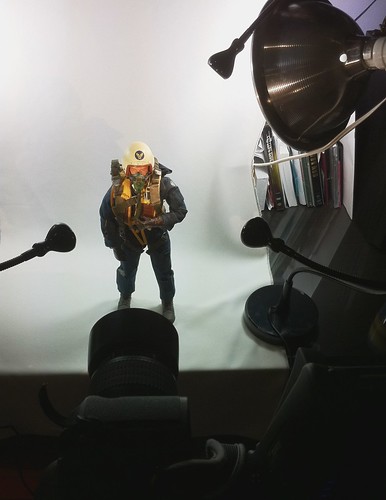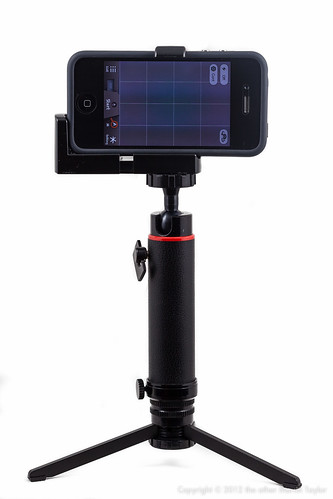I've been trawling through the Creative and Crew Ads on Craigslist for the last couple of months trying to get attached to a cool project. Even though I'll work for free for a project I believe in the signal to noise ratio is massive. I'm starting to understand how to filter out some of that noise; if you're in the same boat here's how I've learnt to translate the various ads so far:
- Producer wanted = need someone to get money for us
- Good for student, recent grad or enthusiast = you won't get paid
- Credit & copy = you won't get paid
- We don't have much of a budget but this gig could lead to more lucrative work = you get paid now or in future
- Wanted: camera operator with own gear = director/DP just found out how much camera package rental is and think they can get both you and your gear for next to, or absolutely, nothing
- Wanted, editor to complete this project: 75% complete = we thought we could do it ourselves with a pirated copy of FCP but we've messed it up so bad we'll never get it done
- Ground floor opportunity = you won't get paid
- High profile festival potential = we're submitting it to Sundance along with 25,000 others - they'll accept it right?
- Will be a great addition to your portfolio = you won't get paid
- Deferred Payment = you won't get paid
- Simple gig, 30 minutes tops = we'll pay you for 30 minutes work, not your traveling time, prep-time, setup time, break down time, waiting around time - pencil in the day, here's your $30 - now you will be editing that for us won't you?
- Experienced director = I've read The Idiot's Guide and watched Extras
Your mileage may vary but I've sent out countless emails, for which I've only received a handful of replies, none of which have led anywhere. Bitter much? Yes sir, I am.


